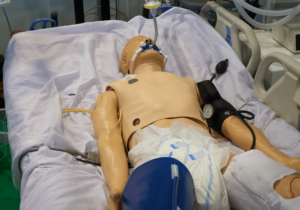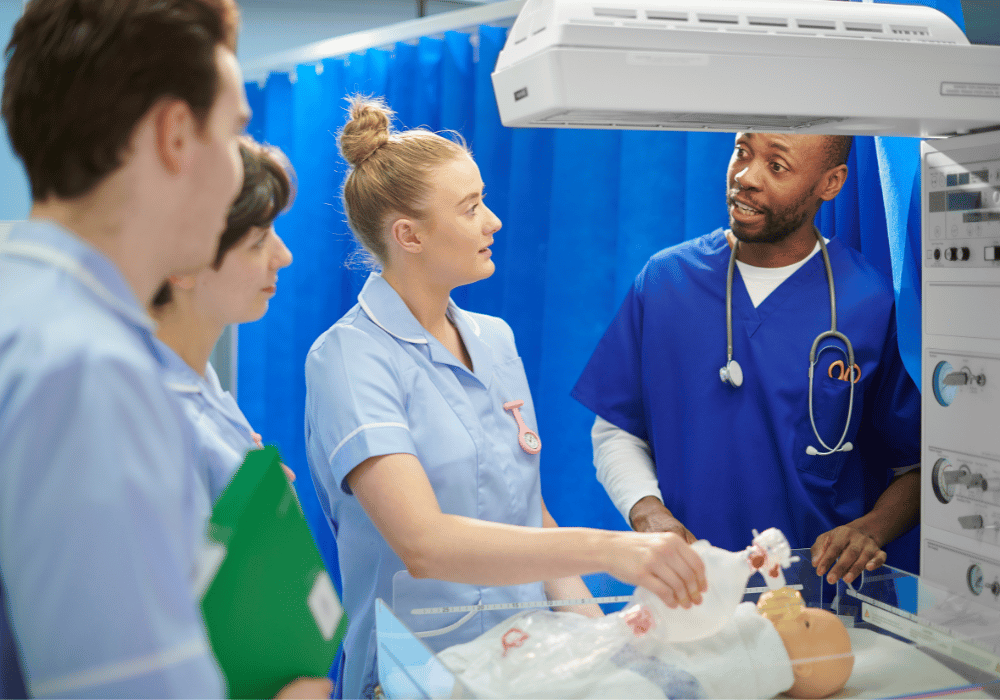
In the fast-paced and high-stakes environment of emergency medicine, there is no room for indecision or error. As a medical professional or emergency response personnel, the ability to act swiftly and effectively is paramount. How do you ensure that you and your team are fully prepared for any situation that may arise? The answer lies in medical emergency simulations. This extensive form of preparedness training has transformed healthcare education and emergency response, offering a dynamic environment to hone crucial skills without the real-life risks. Ready to delve into the world of medical emergency simulations? Read on to understand the essentials of this critical training tool.
Benefits of Medical Emergency Simulations
Realistic Training Scenarios
One of the primary advantages of medical emergency simulations is the creation of lifelike scenarios. These simulations are detailed and event-driven, designed to provoke realistic actions, consequences, and emotions similar to those in actual emergency situations. Participants can work through the entire scope of a case, from initial assessment to treatment and post-event reflection, ensuring a comprehensive learning experience.
Improved Decision-Making Skills
In the heat of a medical crisis, the ability to make rapid and effective decisions is crucial. Simulations provide a safe platform to develop and refine these skills. By repeatedly making and analyzing decisions in a simulated emergency, medical professionals strengthen their clinical judgment and acumen. This adaptive expertise can make a significant difference when quick, life-saving actions are required.
Team Collaboration and Communication
In an emergency, seamless communication and effective teamwork can be as vital as individual skills. Simulations emphasize the need for clear communications and collaborative problem-solving, helping to enhance team dynamics. Participants learn to manage high-stress environments and to understand the roles and responsibilities of each team member in a coordinated response.
Identifying Knowledge Gaps and Areas for Improvement
Simulation scenarios offer a rigorous assessment of a participant’s knowledge and performance. In debriefing sessions that follow, individuals and teams can identify areas of weakness and establish strategies for ongoing improvement. This self-reflective aspect of simulation is key to personal growth and the advancement of the entire care delivery system.
Key Components of a Successful Simulation Program
To ensure that a medical emergency simulation is as effective as possible, several critical elements must be in place.
Clear Objectives and Learning Outcomes
Before the simulation begins, clear objectives must be defined. What specific skills or processes will be tested? What are the expected learning outcomes? This clarity ensures that the simulation is purposeful and aligns with the goals of the training program.
Simulation Facilitation and Debriefing
Trained facilitators are essential to guide participants through the simulation. Their role is to ensure that the scenario is executed properly and to lead a thorough debriefing session. Debriefing is perhaps the most critical phase of the simulation, as it allows for constructive, reflective learning that can shape future behavior.
Equipment and Technology Requirements
High-quality simulators and up-to-date technology are needed to create an immersive experience. The equipment should match the complexity of the scenarios and the level of training. It is crucial that all tools function properly to maintain the simulation’s realism.
Evaluation and Feedback Mechanisms

Assessing participant performance is critical for gauging the effectiveness of the simulation. Feedback should be structured and designed to support learning and improvement. Incorporating evaluation results into training programs allows for targeted skill development. Medical emergency simulations are not just a trend in healthcare training; they are a necessity. By providing a realistic and robust learning environment, simulations empower medical professionals and emergency personnel to refine their skills, work cohesively in a team, and prepare for the unexpected. As simulations become more accessible and advanced, their role in healthcare education and crisis management is bound to grow. Embracing this training methodology is an investment in the quality of care and the safety of patients everywhere.

